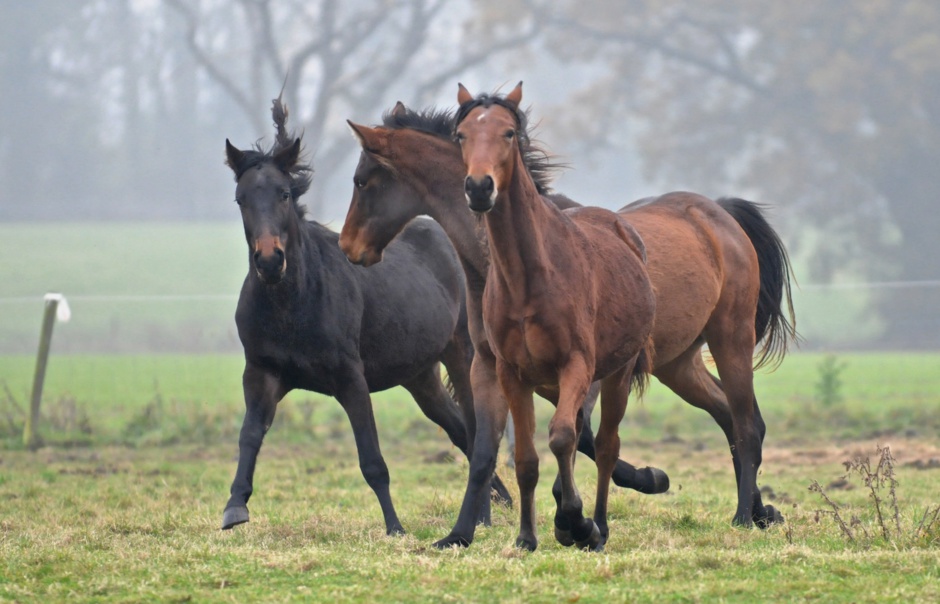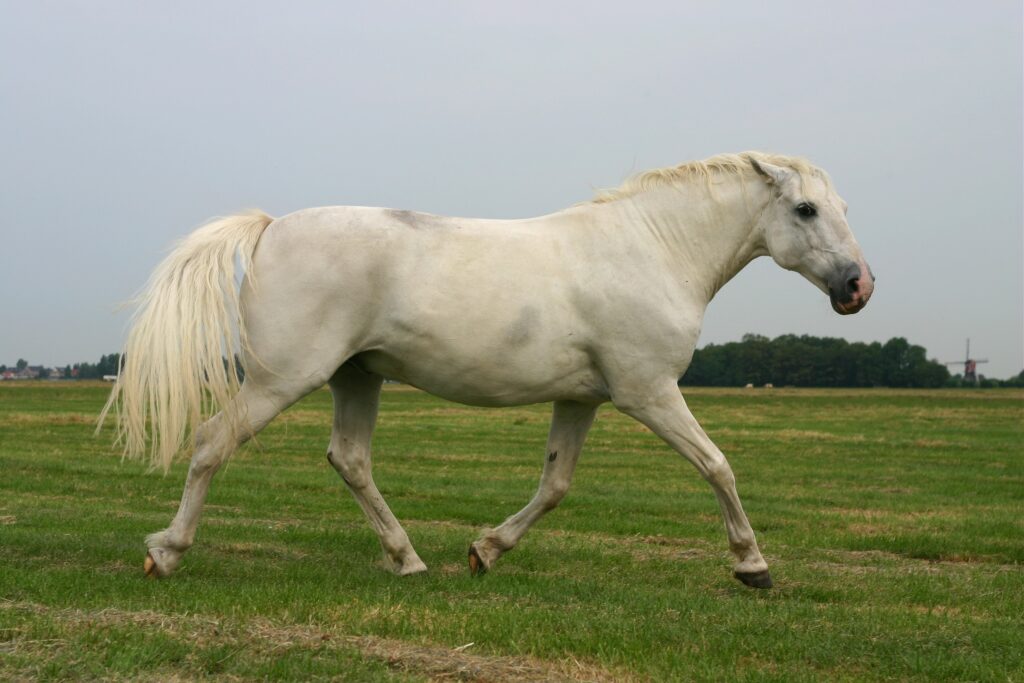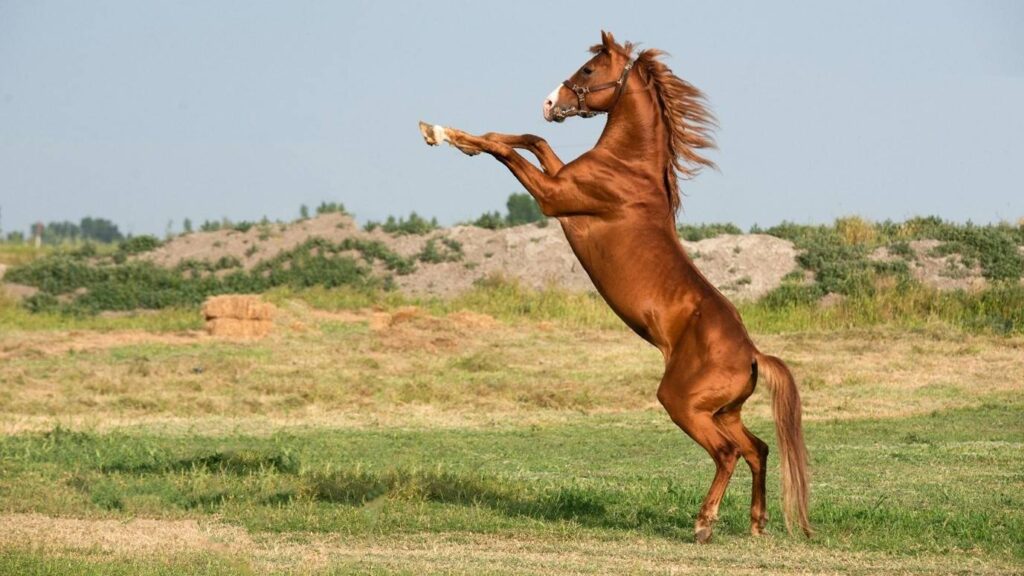Engaging in horse obstacle course training provides a unique opportunity to enhance a horse’s agility, confidence, and overall performance. This form of training is not just about overcoming physical hurdles; it is a comprehensive exercise that fosters trust and communication between the horse and the rider. In this article, we will explore the fundamental aspects of horse obstacle course training, its benefits, and effective techniques to help enthusiasts master this exciting discipline.

The Importance of Horse Obstacle Course Training
Horse obstacle course training is crucial for developing a horse’s mental and physical capabilities. It challenges the horse to think critically and navigate through various obstacles, which can significantly improve its problem-solving skills. Additionally, it enhances the horse’s balance, coordination, and flexibility. For riders, it strengthens their ability to guide and communicate with their horse, ultimately fostering a deeper bond.
Understanding the Basics of Obstacle Courses
Types of Obstacles
Obstacle courses can vary widely, but some common elements include jumps, poles, tunnels, and water features. Each obstacle is designed to test different skills and attributes of the horse, such as jumping ability, precision, and bravery. Understanding these obstacles is the first step in effective horse obstacle course training.
Setting Up a Course
Creating a training course requires careful planning and consideration. It is essential to start with simple obstacles and gradually increase complexity as the horse gains confidence and skill. Ensure the course is safe and that all equipment is secure. Learn more about horse training basics here.
Techniques for Effective Training
Building Trust and Confidence
Trust is the foundation of any successful training program. Begin by introducing your horse to each obstacle individually, allowing it to explore and understand it without pressure. Patience and positive reinforcement are key. Over time, your horse will become more confident in tackling challenges.
Progressive Training
Gradual progression is vital. Initially, focus on basic maneuvers and simple obstacles. As the horse becomes more adept, introduce more complex challenges. This approach ensures the horse remains engaged and motivated.
Utilizing Positive Reinforcement
Positive reinforcement is a powerful tool in horse obstacle course training. Reward your horse with treats, praise, or a gentle pat when it successfully navigates an obstacle. This encourages the horse to associate the course with positive experiences, enhancing its willingness to participate.
Common Challenges and How to Overcome Them
Dealing with Fear and Anxiety
Horses may experience fear or anxiety when faced with new obstacles. To address this, introduce the horse to the course gradually and ensure a calm and supportive environment. Consistent exposure and reassurance are essential to helping the horse overcome its fears.
Improving Communication
Effective communication between the horse and rider is critical. Riders must learn to interpret their horse’s signals and respond appropriately. This involves maintaining a balanced posture, using clear cues, and being attuned to the horse’s needs.
Integrating Obstacle Course Training into Regular Sessions
Incorporating horse obstacle course training into regular training sessions can yield significant benefits. It provides variety and keeps the horse mentally stimulated. Additionally, it prepares the horse for competitive events, where obstacle courses are often a key component.
Balancing Training and Rest
While training is essential, it is equally important to ensure the horse receives adequate rest. Overtraining can lead to fatigue and decreased performance. A balanced approach ensures the horse remains healthy and motivated.
Preparing for Competitions
Understanding Competition Rules
Before entering competitions, familiarize yourself with the specific rules and requirements. Each event may have unique criteria, and understanding these is crucial for success. Practice under competition-like conditions to ensure you and your horse are well-prepared.
Developing a Training Plan
Create a comprehensive training plan that includes regular practice sessions, rest periods, and competition simulations. This plan should be tailored to your horse’s needs and abilities, ensuring optimal performance on the day of the event.
Conclusion
Horse obstacle course training is a rewarding and enriching experience for both horse and rider. It enhances the horse’s physical abilities, boosts confidence, and strengthens the bond between horse and rider. By following the techniques and tips outlined in this article, you can embark on a successful journey in horse obstacle course training. For more insights on horse training tips, consider exploring additional resources.

FAQs
What age should a horse start obstacle course training?
Most horses can start obstacle course training around the age of three, once they are physically mature enough to handle the challenges. However, it’s crucial to tailor the training to the individual horse’s development.
How often should I practice with my horse?
It’s recommended to practice obstacle course training two to three times a week. This frequency allows the horse to become familiar with the obstacles without causing stress or fatigue.
What if my horse refuses an obstacle?
If your horse refuses an obstacle, remain calm and patient. Break the obstacle down into smaller steps and gradually reintroduce it. Positive reinforcement and encouragement are key to overcoming refusal.
This article contains affiliate links. We may earn a commission at no extra cost to you.







